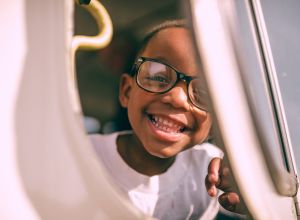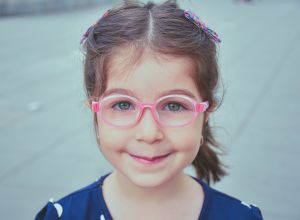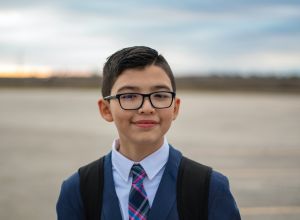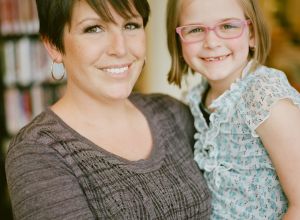Eye screening and tests

NHS eye screenings and tests for children
All babies will have an eye screening at birth and again at about six weeks of age by a GP or health visitor.
During their first year at school many children will have a screening for lazy eye. Whether the screening is available depends on your local CCG, who commission screening services. The screening is to detect whether a child has reduced vision in one or both eyes.
Besides the eye screenings, children should have an eye test every two years, as problems can occur at any age. Certain behaviours can be a sign that there is a problem such as:
- Sitting too close to the TV or insisting on watching TV in the dark
- Rubbing their eyes a lot
- Holding objects very close to their face
- Blinking a lot
- Showing signs of a squint – the eyes don’t look into the same direction. One eye may turn inwards, outwards, upwards or downwards, while the other eye looks forward
- Problems navigating in the dark e.g. entering a tunnel or the cinema
Even if none of the symptoms above is displayed, there could still be an underlying eye condition. If you are worried about your child's sight or there is a history of squint or lazy eye in the family, do not wait for the vision screening at school. Take your child to an ophthalmic practitioner or optometrist, who will see children of any age.
![]() Don't worry about the costs, as all NHS sight tests are free for children under the age of 16.
Don't worry about the costs, as all NHS sight tests are free for children under the age of 16.
For more information, read: entitlement and costs.
![]() Children do not have to be able to read to have their eyes examined. It's possible to see whether the child has a squint or needs glasses without asking them any questions, using age-appropriate tests and equipment.
Children do not have to be able to read to have their eyes examined. It's possible to see whether the child has a squint or needs glasses without asking them any questions, using age-appropriate tests and equipment.
If the eye test detects any problems, your child will be referred to an orthoptist, who is part of the eyecare team and generally works alongside ophthalmologists and optometrists. Orthoptists work in local health clinics or hospital eye clinics. For more information, read: What eye tests may be carried out.




What are eyedrops used for during an eye test?
Some children, especially younger ones, might need eyedrops for their eye test. This is important because it can ensure that the correct glasses are given and that the optometrist or ophthalmologist can have a clear look at the internal structure of the eye.
Once put in, the drops will need a while before they work (the darker the eyes the longer it takes).
Eyedrops make the pupils larger so the back of the eye can be seen properly. They also relax the focusing mechanism in the eye so the prescription for glasses can be as accurate as possible.
Once the drops start working, your child might become sensitive to light. You could bring sunglasses or a brimmed hat or cap just in in case. Some children may also feel that their vision is blurred or fuzzy. Again, this is because the drops stop the focusing mechanism working. It's not possible to reverse the effect of the eye drops, but usually they wear off after 6 to 10 hours and are fully gone within 16 to 24 hours.
About 1 in 10,000 children react to the drops with hyperactivity. This effect is only temporary and will wear off as soon as the drops wear off. If your child does have a reaction to the eyedrops, your optometrist, orthoptist, or ophthalmologist should inform your GP. They will add a note to your child's medical records so similar medications are not prescribed in the future.
The NHS website have some valuable information, and further information about eye tests.
Children don't need to be able to read to have a sight test.
Parents also shouldn't wait for their children to report symptoms of vision problems. Many children don't realise that how they 'see' is not the same as other children. A number of eyesight problems that can affect children's vision development are better managed if identified as early as possible.
Children’s eye health at risk as parents believe sight tests take place at school - AOP
Look After Your Eyes
Being able to see clearly is important for a child’s overall development and helps them to discover and learn about their world. Most children have excellent sight and do not need to wear glasses, but if there are problems and they are not picked up at an early age, your child may have permanently reduced vision in one or both eyes.







